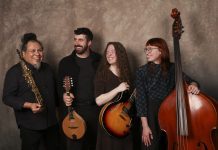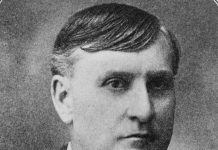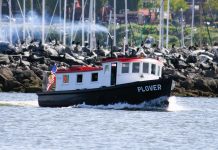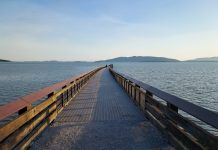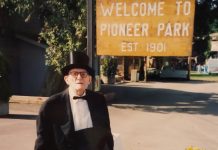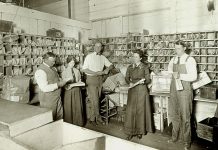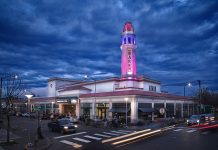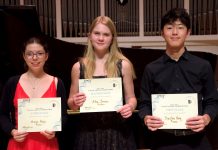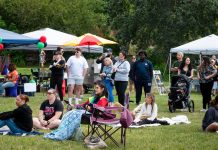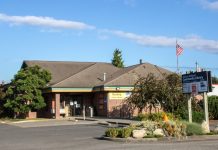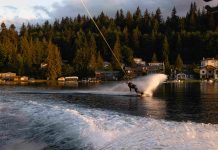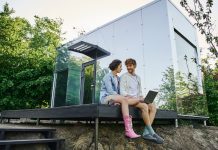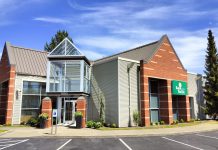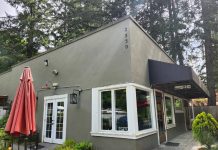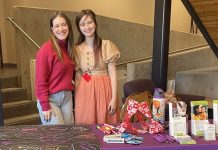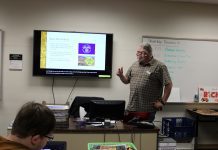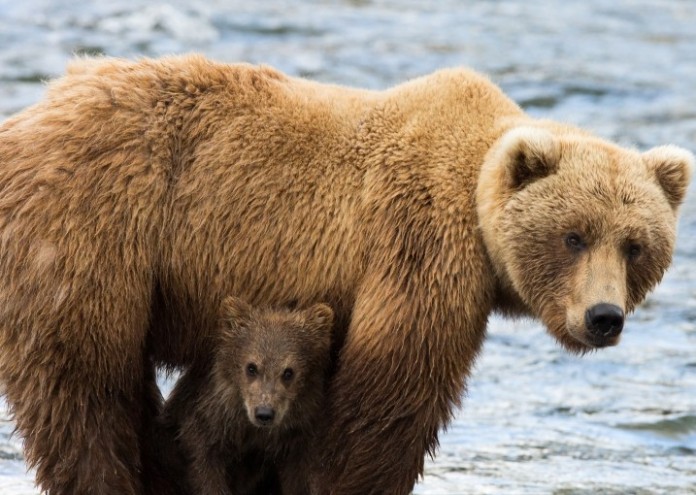
By Lorraine Wilde
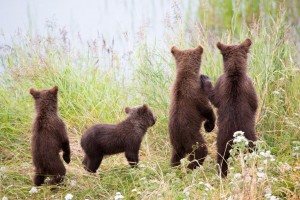
Before moving to Bellingham from Louisiana in 2012, photographer Kenneth Kearney owned a web hosting company, worked as an independent accident investigator, and owned and managed several rental properties. “When I was ready to leave Louisiana, I researched everywhere in the US that I might want to live and this area stood out to me,” explains the artist, whose rarely seen without his tuque. “I liked that it has a college and there is so much nature around it. There’s easy access to the ocean, and mountains, and wildlife for photography — and just life. The people, the climate, the music and arts scene all seem to fit me. It’s all exceeded my expectations.”
Kearney’s photography is focused on his two favorite areas — music and nature. “I’ve been taking pictures for over 20 years. I like any music that has soul in it, any musician that has a lot of emotion and loves what they’re playing — Americana, bluegrass and string band are popular here —but there’s great music in every genre,” notes Kearney. “I take photos of local bands because I like to give something back to the music community — help publicize local bands and venues. Locals don’t always have good pictures so I let them use my photos for web and print promotion,” explains Kearney. His work has been used by The Green Frog, Wild Buffalo, The Bellingham Herald and WhatcomTalk.com.
Growing up in the country in Louisiana influenced Kearney’s appreciation for nature, the environment and wildlife in particular. “I like to show the animal’s behavior and emotion — action, motion, telling a story through a photo. If people see the value of wildlife, connect with it, they are less likely to kill or eat it. Sparking a person’s curiosity might help them see the value of public land and preserving habitat.”
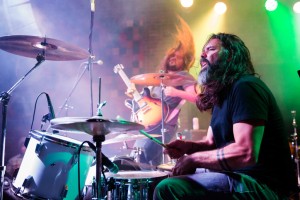
Kearney is mostly self-taught through books and trial and error. According to Kearney, similar skills are needed to capture both music and wildlife. “A lot of wildlife technique transfers over to music. You’re trying to anticipate the moment. You have rapidly changing conditions and the same gear is used. In both cases, the emotion and action are what you’re after.”
In Louisiana, Kearney says most of the work he did was macro photography of insects and flowers. Macro photography is extreme close-up, high-magnification photography, usually of very small subjects. “It requires a technique called focus-stacking that involves using a very shallow depth of focus, taking many, many pictures and then using a computer program to digitally blend all the focused parts together,” explains Kearney. “One finished photo could require many hours of meticulous work.”
For Kearney, the increased access he has to wildlife in Whatcom County versus Louisiana has transformed the type of photos he is able to take. “There is a lot more public land here compared to Louisiana, which means I’ve had more access to sweeping vistas and landscapes,” he says. “Whatcom County is a prime raptor area [meaning birds of prey] for the US in the winter, so birds are a common nature subject here. Bears are just another challenge.” Compared to Louisiana, the Pacific Northwest is just a short drive or flight to where bears are abundant. “I started in Yellowstone and Glacier National Park, just to take pictures of any wildlife I found. The first grizzly shot I got was of a sow and three cubs on a bison carcass, defending it from a male grizzly and a pack of wolves. That was enough action to get me hooked.”
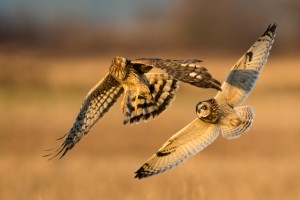
Since that trip, Kearney has photographed bears in many other locations in the US and BC. He seems pretty fearless about how close he’s willing to go to get the perfect shot, but that’s because he’s done his research. “I’m more afraid of cars than bears,” he says, laughing. “You have to respect the animal and treat it like its wild. You go at the right time of year. The bear can smell you before you see it. You make a lot of noise if traveling along the trail with the wind in the wrong direction.”
Kearney camps on many of his trips to keep expenses low, but he takes precautions. “If you have bear spray or you’re hiking with four or five people or you’re on a horse, you’re very safe. But alone with no spray, if you stumble on a bear with a kill or cubs, or you surprise it, it could be a bad outcome.”
But his work isn’t restricted to bears. “I’ll target any wildlife that interests me, which are most. I focus on rare moments, as opposed to rare animals,” clarifies Kearney. “I also recently went to San Juan Island with a couple of photographers on a scouting trip for the Bellingham Photography Club. We saw red fox and the grey variant.”
Photographing wildlife requires a fair bit of knowledge of the animal’s life cycle and habits. “You have to know your subject. Whether it’s a bird, a bear, or a musician, you have to know what they are probably going to do next.”
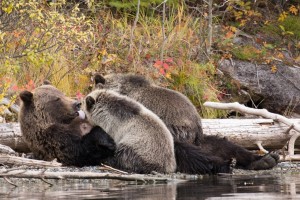
Kearney appreciates the path he’s on and has more work planned. “I’ll do small local trips this winter to take advantage of all the birds here. In the spring, I’ll head to Yellowstone and Grand Teton to photograph all the babies because they are fun to shoot — cubs, elk, foxes, and young bison — everybody loves those.” He’d also like to build new connections with local businesses to offer his work in print format. “It’s tough to make a living as a nature photographer, but I have a decent portfolio now.” Kearney is also developing a local show with fellow music photographers that would showcase a number of talented local artists. “It would be nice to finance future trips and gear, but I also really just want more people to see and experience the feeling captured in the work.”
Want to check out more of Kenneth Kearney’s photography? Visit his Flicker page here, or scroll through the gallery below.




